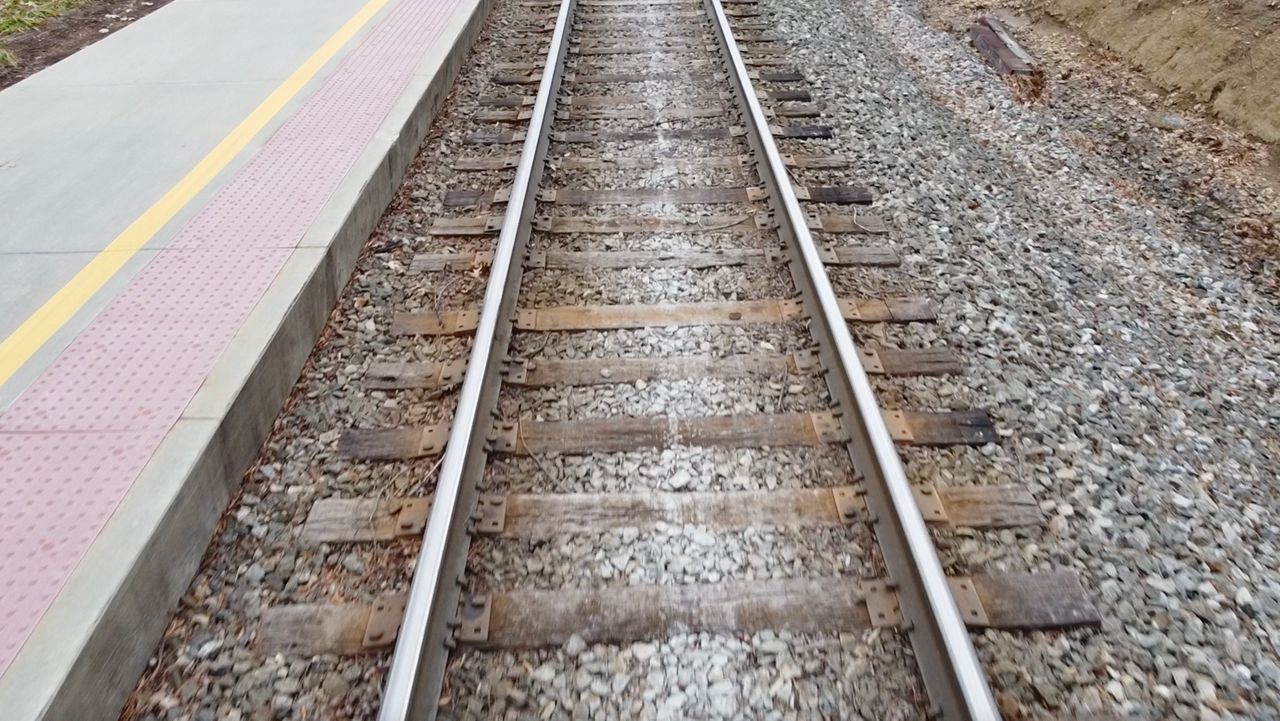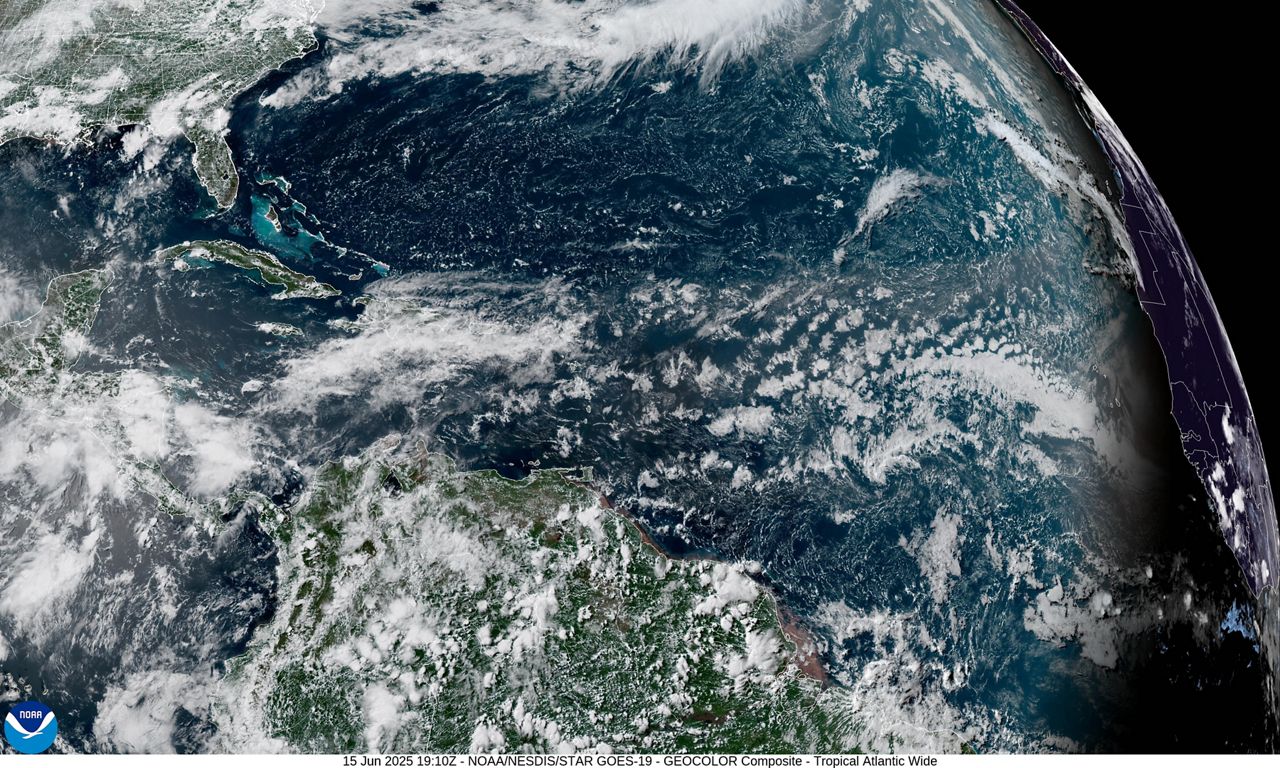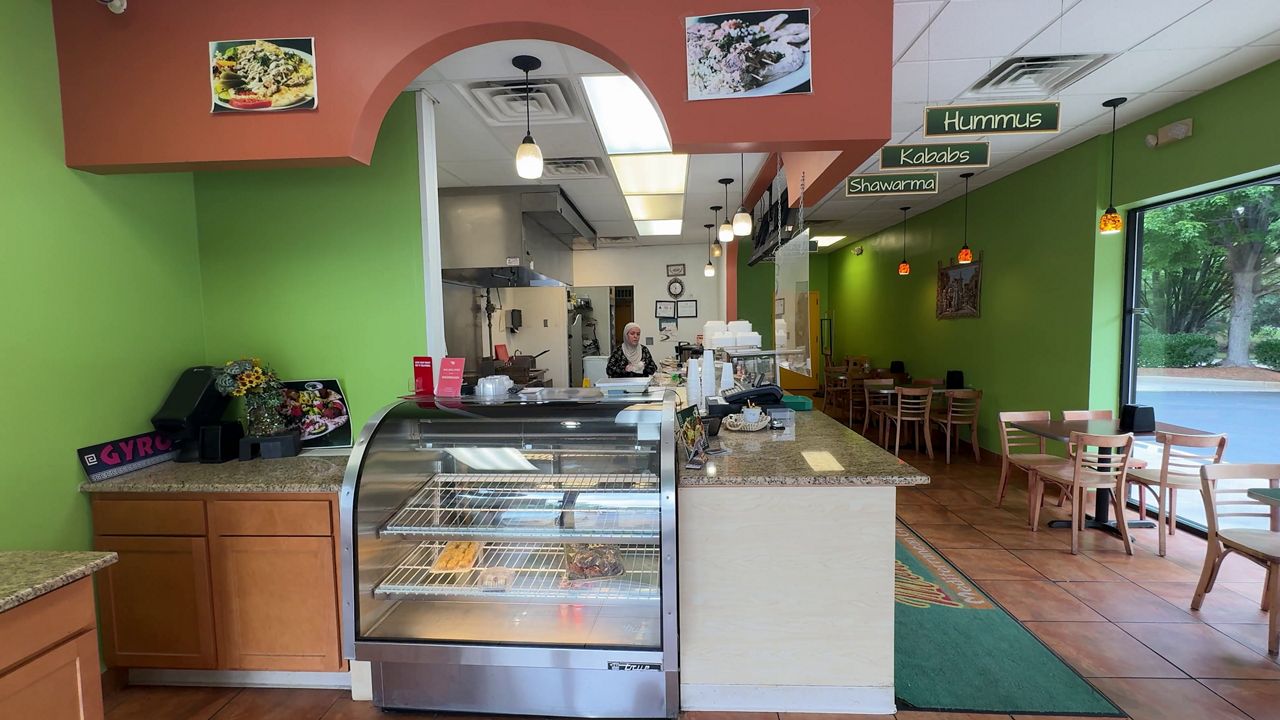RALEIGH, N.C. — According to GoTriangle, the greater Raleigh-Durham area is expected to grow in the next 30 years by more than one million people, bringing more than one million cars with them. Greater Triangle Commuter Rail is North Carolina’s primary solution for the congestion anticipated to follow.

The Triangle is pursuing commuter rail as a solution for crowded interstates
The rail line would connect west Durham to Garner
Public comment is now open on the future rail corridor
Jazmyn Ross is a long-distance commuter whose commute is often slowed down by the number of cars on interstates and highways leading to Durham and Raleigh. She said she can’t imagine having even more traffic on the road.
“It’s draining, and it's long, and it's not always enjoyable,” Ross said. “Especially coming from Durham. There's so much traffic.”
The cost for building the rail corridor could be more than $3 billion, but according to the American Public Transportation Association, every $1 billion invested in public transit returns $5 billion in gross domestic product and creates nearly 50,000 jobs.
“Anything that could just like halve this drive or save me whether it's my money or my time, then I absolutely would take any other option,” Ross said. “It would also save me a lot of gas. I wouldn't even have to work as many shifts to make up for the money that I'm losing putting in my tank.”

The Greater Triangle Commuter Rail Line would include an eastern, western and central portion — stretching from west Durham to Garner and possibly Clayton. It would provide around 12,000 trips per day, running 40 miles along the North Carolina Railroad Company Corridor.
“Personally, I don't like driving, and I don’t want to be on the road that long,” Ross said. “I would love to take a train that just sends me straight down to where I need to go, not have to worry about anything but just catching my train on time.”
The project is looking for public input regarding which section to complete first. Estimates place the earliest completion being the eastern portion in another eight years, costing anywhere between $600 million and $700 million. The public survey and comment period on the rail line will remain open until Feb. 19.









